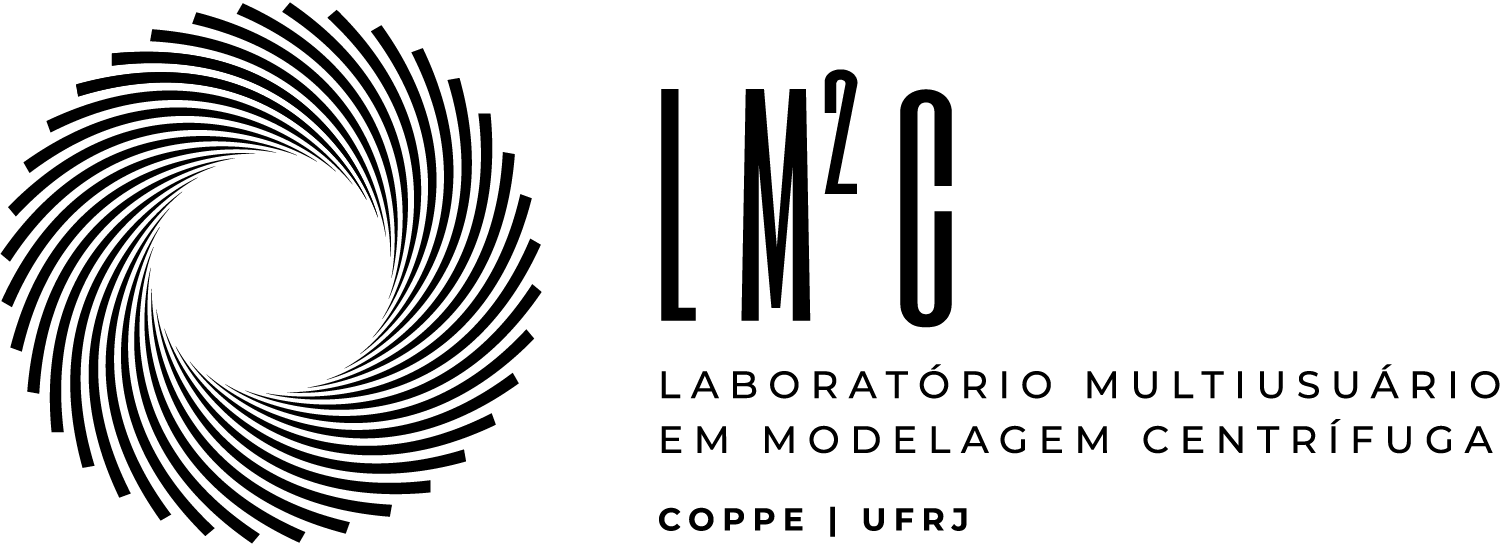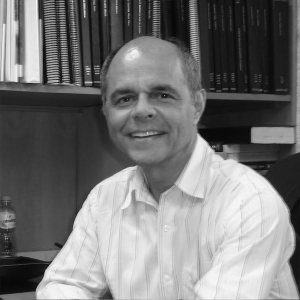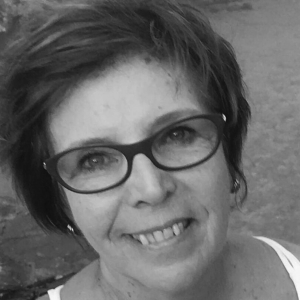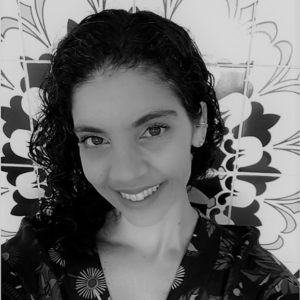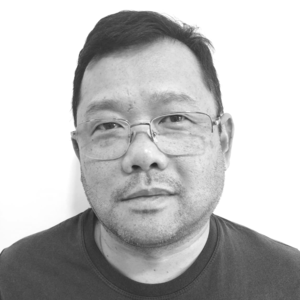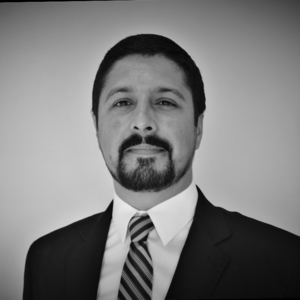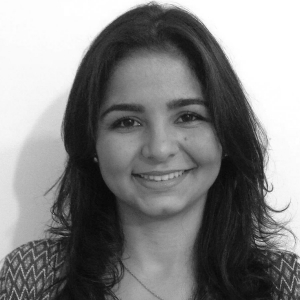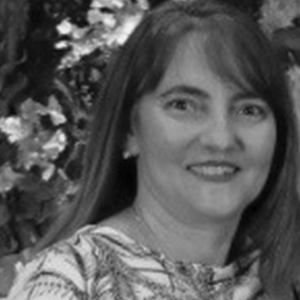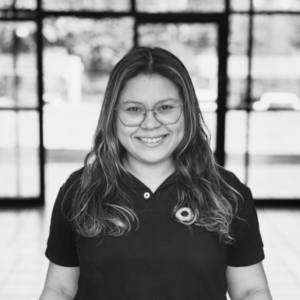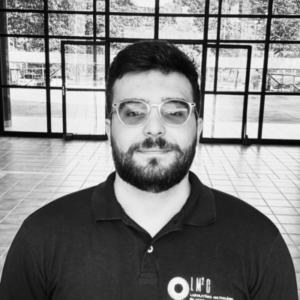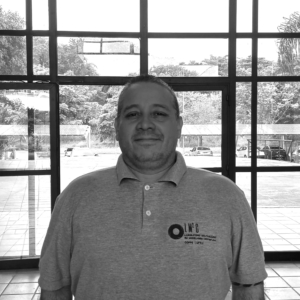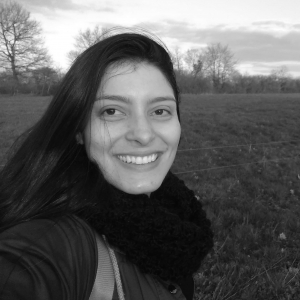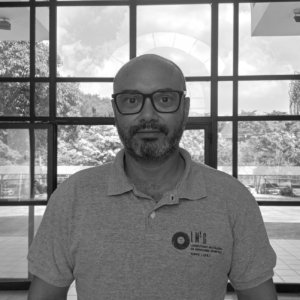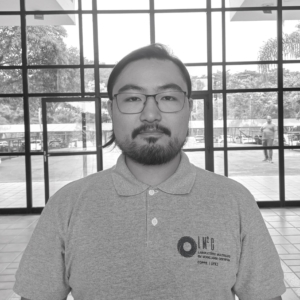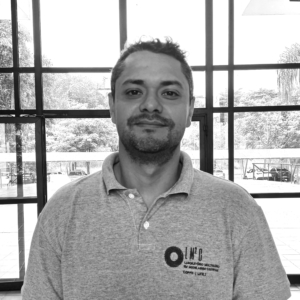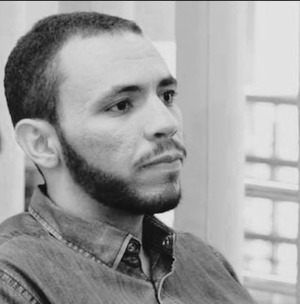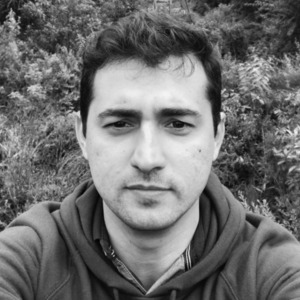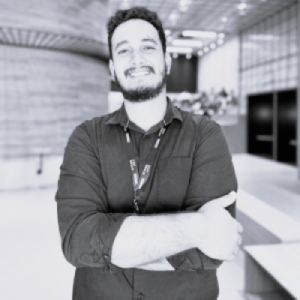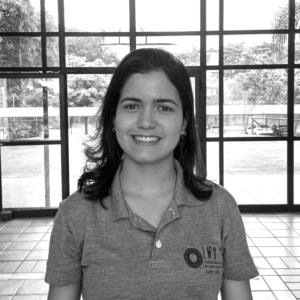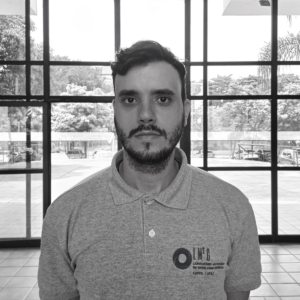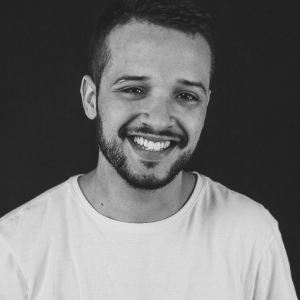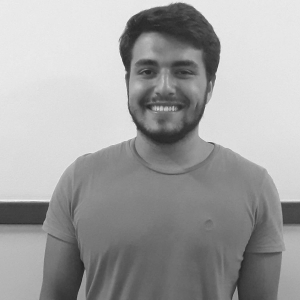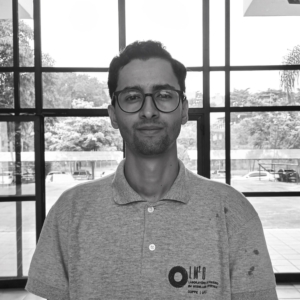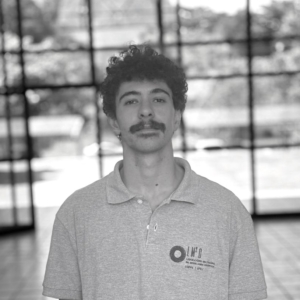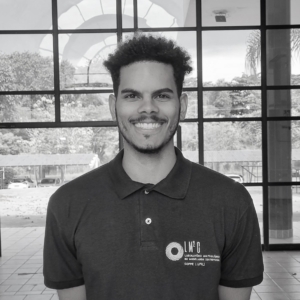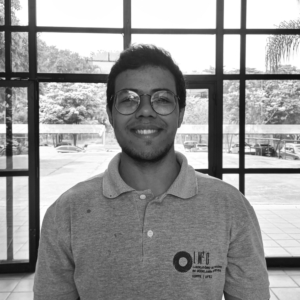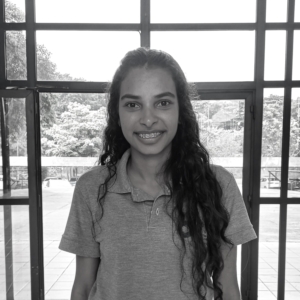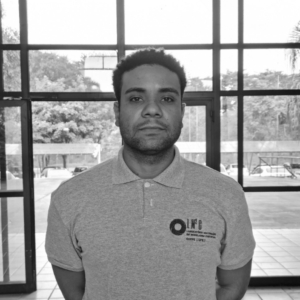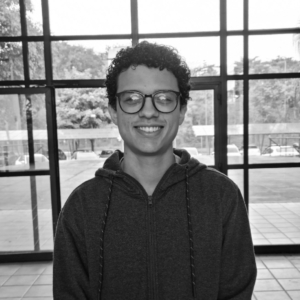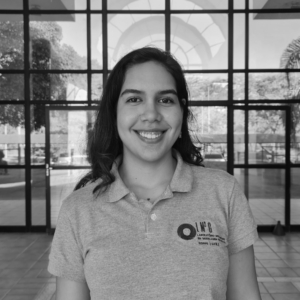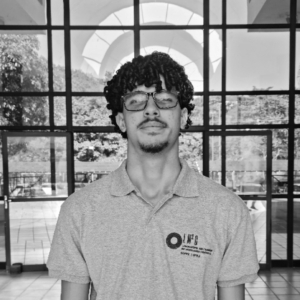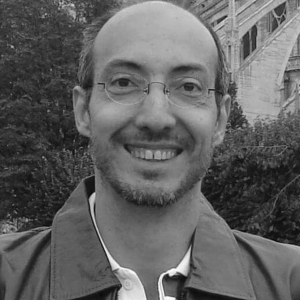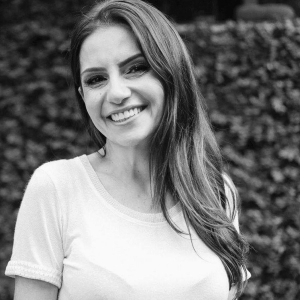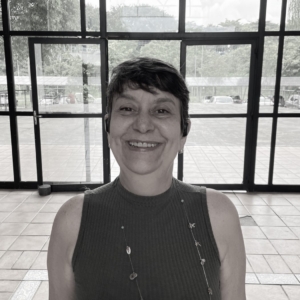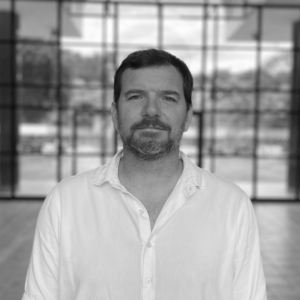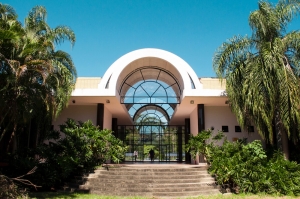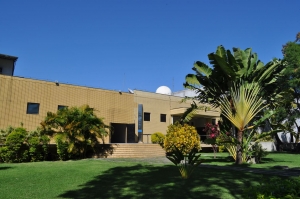Background
Geotechnical centrifuge modeling began in Brazil in the mid-1990s with the installation of the first geotechnical drum centrifuge at COPPE / UFRJ. This equipment was installed in 1995 in the new building of the Geotechnical Laboratory. In 1996, centrifuge operations began, with the first studies involving analysis of the transport of heavy metals in soils (Gurung et al, 1998; Almeida, 2000). Since then, numerous master’s and doctoral research studies have been conducted, focusing primarily on soil-structure interactions and the application of geotechnics to offshore problems (non-renewable and renewable energies). In 2012 new equipment was purchased, this time an arm centrifuge (Broadbent), allowing for a wider range of testing, research and activities.
Vision
- Promote the sharing of resources for teaching and research in centrifuge modeling by developing closer ties with other groups interested in physical modeling.
- Expand partnerships with new industry sectors other than oil and gas.
Mission
- Employ centrifuge modeling to conduct research on complex geotechnical engineering problems and soil-structure interactions.
- Develop and disseminate knowledge and best practices within the field.
- Develop specialized equipment and sensors for physical modeling
- Train qualified personnel for both industry and academia.
Values
- Safety, quality and ethics in the development of research studies.
- Team work
- Service efficiency and reliability
Faculty Members/Lab Directors
Postdoc
Administrative and technicians staff
Research students
Doctoral students
Master’s degree students
Degree Project
Undergraduate students
Trainee
Research Associates
Awards
2023 – “Fellowships Marie Curie. Innovative research project , Cristian Yair Soriano Camelo, “Sharewind”, COPPE-UFRJ/Uni.Eiffel.
2018 – Costa Nunes Award by the Brazilian Association of Soil Mechanics and Geotechnical Engineering (ABMS). Best PhD thesis in Geotechnical Engineering at a Brazilian institution, 2016-2017 biennium. Fagundes, D.F. (2016) “Centrifugal Modeling of Piled Embankments” – COPPE-UFRJ.
2014 – AEERJ José Luiz Cardoso Award. Best Master’s Thesis (1st place), Diego Arthur Hartmann, “Centrifugal Modeling of Geosynthetic Reinforced Piled Embankments”, COPPE-UFRJ.
2014 – Best Geosynthetics International Paper for 2014, Honorable Mention, IGS – Geosynthetics International. Blanc, Matthieu; Thorel, Luc; Girout, Romain; Almeida, Márcio. Geosynthetic reinforcement of a granular load transfer platform above rigid inclusions: comparison between centrifuge testing and analytical modeling. Geosynthetics International (Online), v. 21, p. 37-52, 2014.
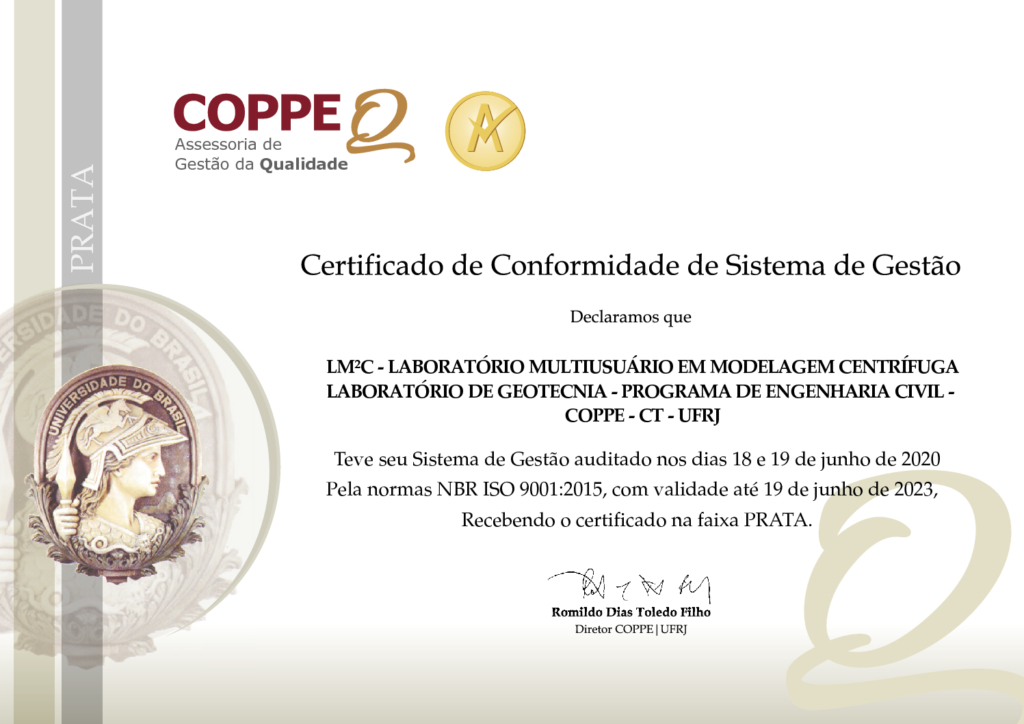
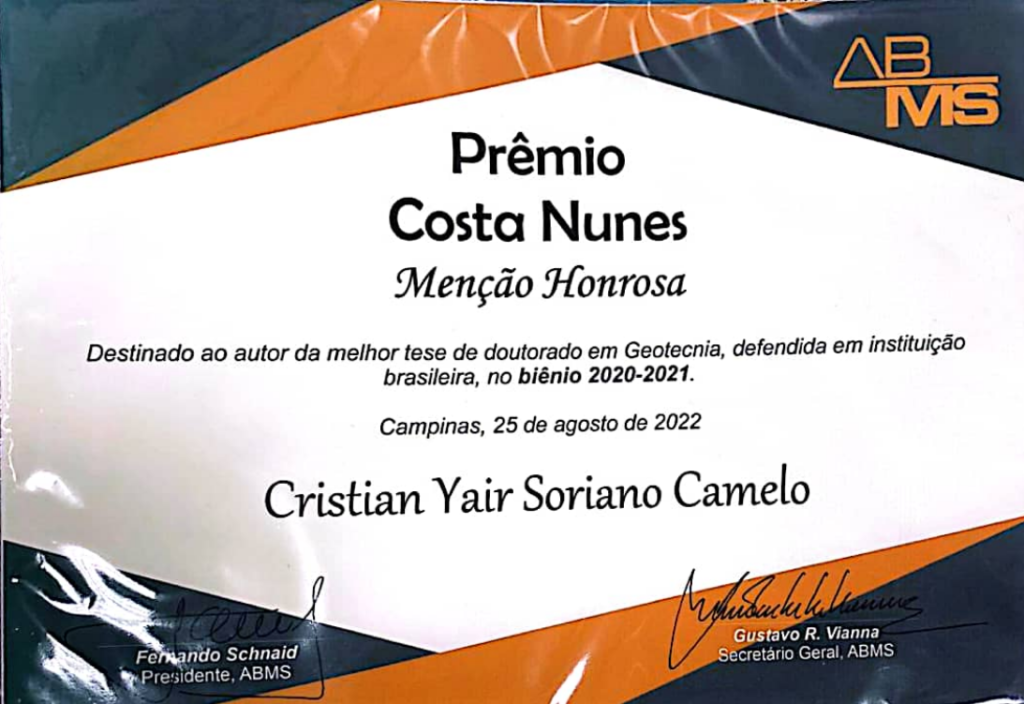
Partnerships and Collaborations
- CENPES / PETROBRAS: several R&D projects since 2001, focused on pipeline movements, seismic instability of submarine slopes, submarine debris flows, effects of tectonic faults, decommissioning of foundations.
- University of Cambridge / United Kingdom: seismic instability of submarine slopes with weak layers – Cristian Camelo sandwich doctorate, 2019-2020.
- Université Gustave Eiffel: several academic studies carried out since 2011, such as the ASIRI project on piled embankments with geogrid platforms, Hartmann, MSc (2012) and Fagundes, DSc (2016).
- Technip: Analysis of the forces on the touch down point (TDP) of flexible risers, Guimarães (2014), Tarazona (2015), Pessin, MSc (2017) e Noreña, DSc (2107).
- UENF – North Fluminense State University / RJ: collaborative participation on several projects, primarily in Marine Geotechnics.
- UEM – Maringá State University / PR: collaborative studies in Environmental Geotechnics
- VALE – Study of liquefaction of tailings dams through physical modeling.
Location and Contact
The LM²C is part of the COPPE / UFRJ Geotechnical Laboratory, and is located in the Technology Center Annex at Avenida Pedro Calmon, s/n. Prédio Anexo ao Centro de Tecnologia, Laboratório de Geotecnia/LM²C –
Cep: 21.941-596.
